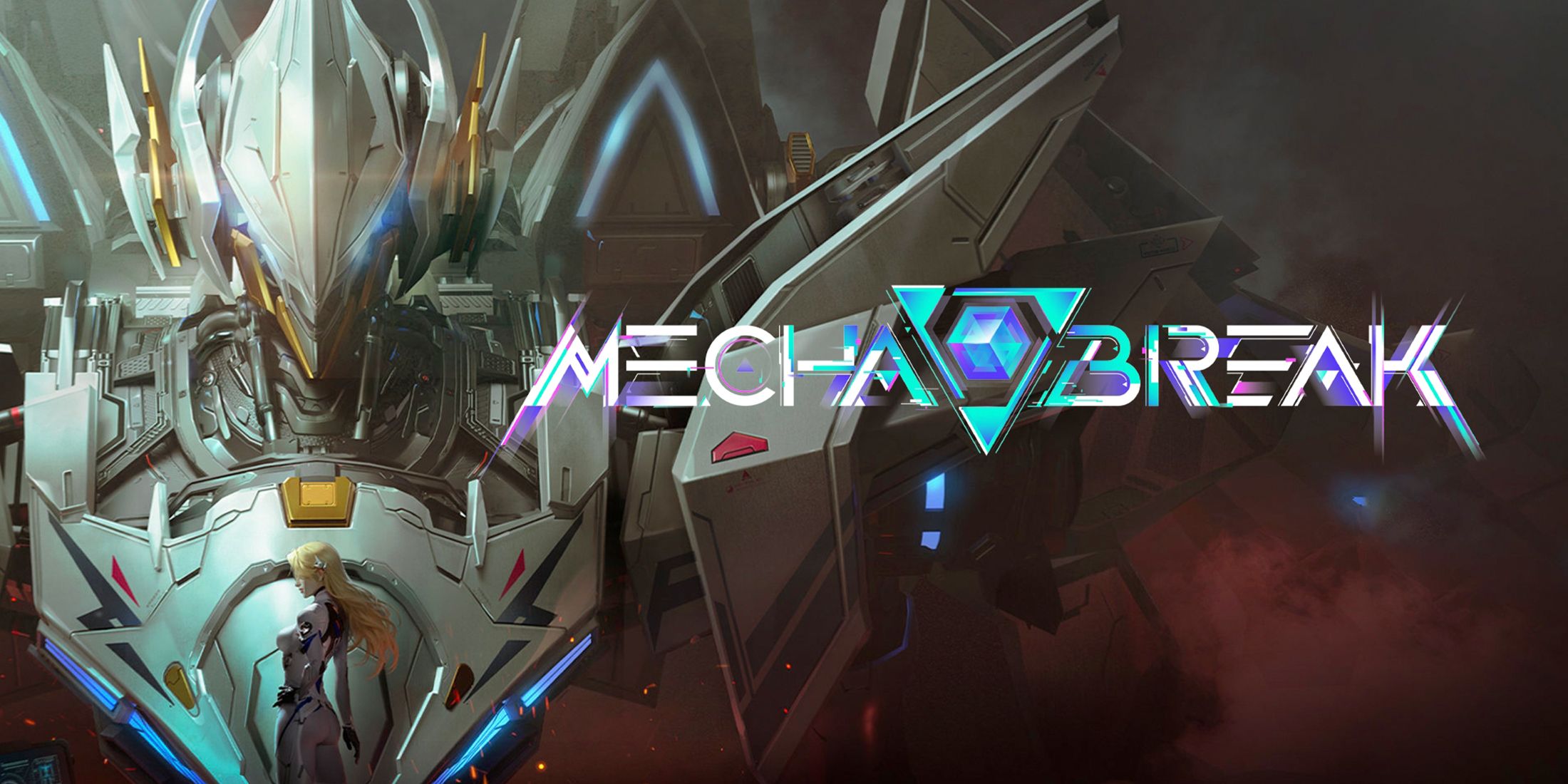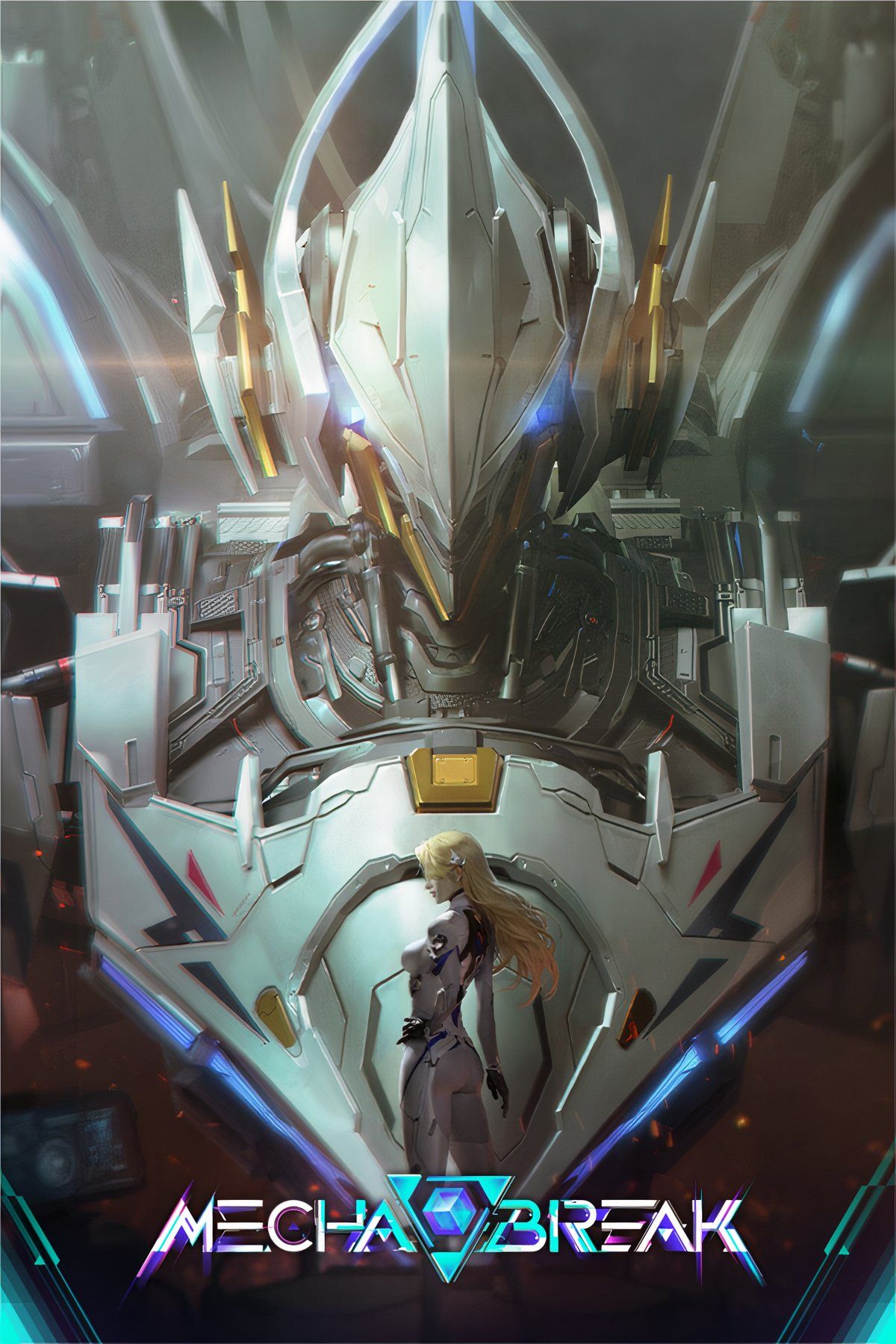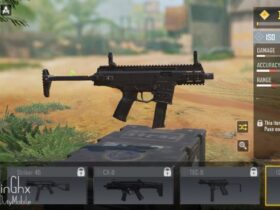Despite its position in a relatively niche genre, Amazing Seasun Games’ Mecha BREAK recently enjoyed an open beta debut that was as explosive as its towering Strikers. Racking up over 300,000 concurrent players and briefly overtaking Marvel Rivals on Steam’s charts, it’s clear that there’s an appetite for a mecha game with a focus on intense, competitive PvP.
Ahead of the open beta, Game Rant sat down with Mecha BREAK executive producer and Amazing Seasun Games CEO Kris Kwok, who says that Mecha BREAK is a result of his long-held desire for a PvP mecha game that delivers the right amount of “speed, power, and firepower.” In the interview, he also weighed in on how the Strikers were designed, revealing that the game once had a more open-ended Armored Core-style customization system that was ultimately replaced with a hero shooter-style arsenal of specialized Strikers. This interview has been edited for brevity and clarity.

Related
Game Rant spends the day playing the blazing-fast mecha hero shooter Mecha BREAK, testing out its Strikers in 6v6 PvP and the massive PvPvE mode.
Establishing Mecha BREAK’s Sense of Speed
Q: Mecha BREAK is fast, both in terms of gameplay and the mecha’s movement. How did you approach the game’s sense of speed?
A: Let’s go back to the very beginning. Of the very few mechas we had in the beginning, there was a Tricera and Falcon. This basic mecha prototype established our speed. The slowest on one end, and the fastest on the other. That’s why Falcon is so darn fast. Being a Macross fan, my driving force was to have a pilot operating mecha flying between bullets and missiles. To do that, your speed needs to be over that of missiles.
That’s why Falcon stands for the fastest end of the game’s mobility. Tricera standing on the other end, so there’s no need to move it up. That’s why Tricera was given the fortress mode. Once you engage in that mode, you lose all mobility and gain a massive defense boost. At the outset, we have defined the two extreme ends of mobility.
From there on, we go into the types of the Strikers, and then the type of unit you are—support, mobility, etc. We have different ranges. During our playtest, we found something really interesting: the players, the pilots, largely identify with the mecha in the sense that it’s a very long exoskeletal extension of your body. Not quite like Iron Man, but just a really hard outfit. It’s way bigger than the player, but they still identified that as their movement. That led to the expectation that players want the mechas to do things that they can do with their bodies.
The mecha is 18 meters tall, and people are around 1.8 meters tall, so it’s 10 times the scale, but people are expecting the same movement speed, so you’re 10 times faster. Speed is all relative. You go on the freeway, there are cars in the six lanes next to you going in one direction, and there’s no sense of speed no matter how fast you go. If you’re going into the downtown area with buildings left and right, it feels way faster. The mechas are colossal, and the sense of scale comes from there.
Q: There are a wide variety of gameplay roles. Was it difficult to strike a balance so that each mecha felt like it was contributing meaningfully?
A: I intentionally left a lethal defect in each of the models. For example, Falcon is super mobile and fast-paced, but attack-wise, there’s no focus fire and it’s very hard to take anybody down. He has relatively little HP.
It’s the same thing for Tricera. Very slow, no mobility. Once you take the fortress turret form, then there’s no mobility at all. If the battlefield changes, it’s very hard for you to get there. On paper, that balance depends on the needs and the requirements of the battlefield and what is needed.
Winning in this circumstance calls for the six team members to best utilize whatever they’re good at at that given moment.
Designing Mecha BREAK’s Unique Strikers
Q: I enjoyed how each mecha had a very clear role in gameplay. Is that how you approached their design? Coming up with a playstyle, and then a mecha design to suit it?
A: In the very beginning during the design process, I conceived an idea where each mecha consisted of five parts, and each part could be equipped with three weaponizations, and you can choose your loadout before each battle. Under those circumstances, the range of customization was too wide, and everybody was good in every scenario. At range, in melee, and even in support. When it was so customizable, the range was so wide that you’d put six or seven mechas onto the battlefield and everybody functions the same. There’s no sense of uniqueness anymore.
Without specific roles, everybody ends up with the same 12 mechas, six on each team. They’re doing very similar things, they’re always in close range, and there’s no variety in gameplay. Because of the lack of space, you feel very tight and pushed in. Also, with a wider range of parts, it’s hard enough to get inspiration at the 10th or 11th mark, let alone the 30th one. The inspiration is being squeezed out.
That’s the point where I made the conscious decision to place mechas in specific roles. For example, Welkyn, during this last iteration, I had to put it down on paper: “You have to be a charger. You’re the first one rushing into the battlefield.” Not only in terms of the stats—the defense and health bar—it’s the abilities you have. That’s another important factor in gameplay.
To create that sense of vertical space and horizontal space, you have to have a specific role. If you want to play Aquila, the aerial sniper, you have to have Falcon following to stop the destruction of your snipers. That is the way that we created a sense of space in the balance sheet. Since people take different roles, they’re not clustered together anymore.
Q: What were the overall design pillars behind the game? Were there certain things core to the identity of Mecha BREAK that you knew needed to be included in the game?
A: I believe it stems from a longtime childhood nostalgia. When you saw mechas on TV, you may personally have driven a car, motorcycle, or airplane, but no one in real life operated a mecha before. With Mecha BREAK, that is the novel experience that we’re aiming for. From this central philosophy, we derived the three design pillars: the sense of speed, power, and firepower.
We already spent some time talking about how speed is achieved and defined, now let’s talk about the sense of power when you operate such a huge, colossal mecha. You have tons of weight. When you touch something, walk over something, or hit something, the environment is supposed to break down and be destructible. Otherwise, there is no real sense of power.

Related
Mecha Break: How to Get New Mechs
With how varied Mecha Break’s engagements can be, it’s best to have a Striker for every occasion. Here’s how you can unlock more Mechs.
In terms of firepower, as strong as a person can be, you at most can carry two Gatling guns with your hands. For a mecha, you can equip as many weapons as possible—a bunch of guns and cannons.
There’s an interplay between the sense of speed and the sense of firepower. Once you get to shoot missiles and bullets and lasers throughout the screen, that fast speed makes you able to go past those.
Once you obtain those colossal war machines, you can obliterate the whole environment. That’s the sense of power, the sense of destruction that I can express through this game.
Mecha BREAK Wants to Fill a PvP Void in the Mecha Genre
Q: Today you mentioned that everyone on the team is a mecha fan, but you felt that games on the market weren’t quite doing it for you. What were some of those missing pieces that you wanted to include in Mecha BREAK?
A: One thing is that as good as Armored Core is and how wonderful it is with PvE, it does lack something in terms of PvP. Despite the hundreds of hours that I poured into Armored Core, I still thought, “Maybe one day we can get good PvP out of it.”
The most exciting part about Gundam is not raising the whole forest or beating up some nobody, you want to fight the antagonist as the protagonist and have that very exciting battle. That’s why we created this. Childhood memories.
Q: Were there other times during development where you had to rethink an idea?
A: One example is during the Mashmak development, we did some earlier versions without auxiliary weaponization. If you run a support healer type of mecha, the player’s mental state is static, because there’s nothing for them to hit, nothing to attack. They’re just sitting there and supporting others. So I had to add something different with auxiliary weapons.
Mashmak is about searching. You want to go through the environment, but when auxiliary weapons had no upper limit of ammunition, then players didn’t have the motivation to explore. So we limited ammunition.
Q: All three modes call for different strategies from players. Was it challenging to balance the game so that various mechas could perform well in 3v3, 6v6, and Mashmak?
A: The basis for balance considerations was the 6v6 mode. Mashmak doesn’t involve much balancing, because the key is to get loot like raiding a dungeon. It doesn’t really matter if you have encounters with other players. They may even prioritize avoiding confrontation with other players.
Of course, some PvP-oriented players want to seek out those confrontations while other players may get confused and walk into a fight. Who knows? Sometimes the minimap doesn’t tell you enough. [Laughs]
3v3 is the hardest one to balance. Its main purpose is to take down the other three players. Sometimes you happen to pick the three that the other three completely counters. There’s nothing much you can do. In the future, if we do E-Sports, we will stay away from the 3v3 mode.
Also, 3v3 mode will not be immediately activated upon entry of the game. It would be later on, once you gain a certain familiarity with the game. It’s not immediately recommendable for new players.
Through 6v6 and Mashmak, the player gets to experience and understand that each mecha has its own uniqueness, and the key gameplay is to coordinate with that. Later on, once you play 3v3, you’re already familiar with our design concepts, and we don’t encourage that as much.
[END]

- Released
-
2025
- Developer(s)
-
Amazing Seasun
- Publisher(s)
-
Amazing Seasun

















Leave a Reply